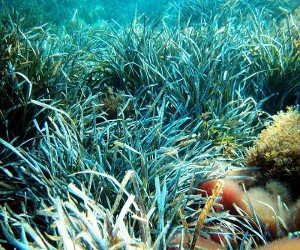PERTH, Australia, Feb. 6 (UPI) -- DNA testing suggests a swathe of seagrass in the Mediterranean could be the oldest known living thing on Earth, Australian researchers say.
Carlos Duarte of the University of Western Australia in Perth and his colleagues sequenced the DNA of the seagrass Posidonia oceanica at 40 sites across 2,100 miles of seafloor, from Spain to Cyprus, NewScientist.com reported Monday.















